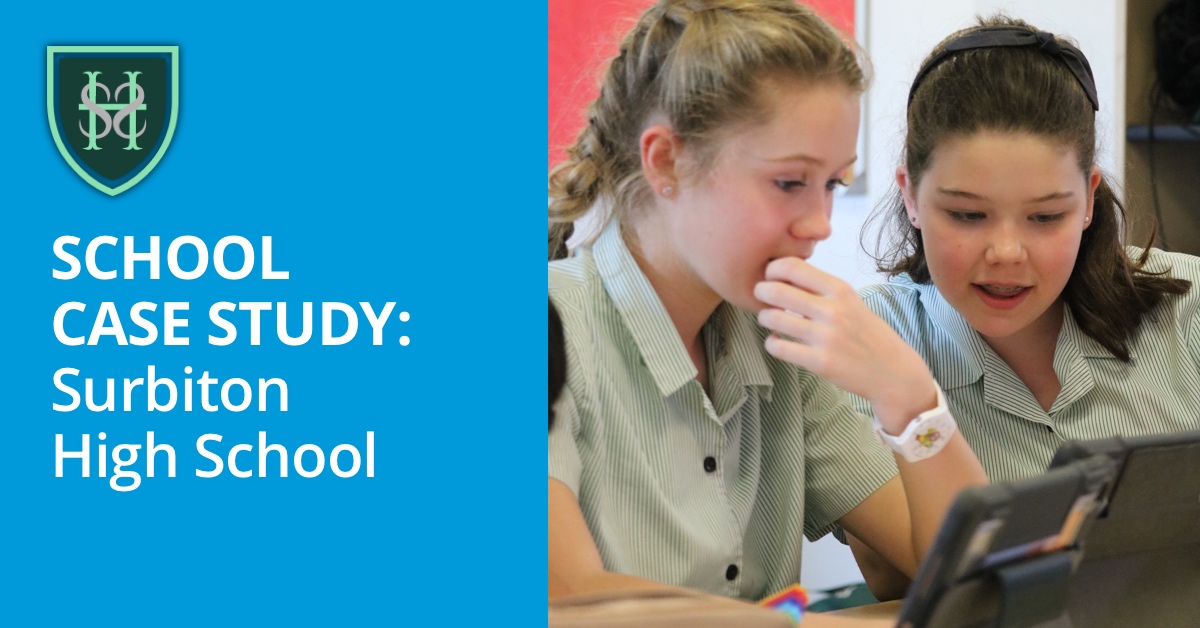How can we better prepare students for twenty-first century undergraduate study?
For one, it makes sense to do things the uni way. It ain’t what you do, it’s the way that you do it. That’s what gets results. ??
Online course materials are par for the course, if you’ll excuse the pun. And digital textbooks are increasingly popular with university students, with almost a third preferring them to print, according to a new survey conducted by Direct Textbook. Let’s look at some of the reasons for this shift.
77% of Gen Z think textbooks will be obsolete in 5 years’ time.
Students’ expectations have changed
Today’s undergraduates have grown up with tech. Accessing set reading on portable devices comes as automatically as ordering takeaway or organising transport or booking Muay Thai classes.
Let’s not forget that next year’s cohort did their GCSEs and A Levels in very different circumstances from previous students, due to a certain pandemic and a succession of lockdowns. Remote education, for them, has become second nature – the way things are done.
£40,000 – average total student debt.
Affordability
Textbooks are one of the hidden costs of university life, with academic materials increasing by 1,041% since 1977. A student typically spends over £400 annually on books. With the rising costs of living, owning outright is prohibitively expensive for many.
Buying a digital textbook can be cheaper – and borrowing it from the library is cheaper still!
And you don’t have to travel to collect and return.
“Nearly a quarter of UK’s university students can’t afford required textbooks”– Wales Online
Availability and accessibility
Digital textbooks are increasingly easy and available to borrow on digital library apps. Furthermore, university libraries can store as many as they like.
Gone are the days when students competed for last remaining copies late on a Sunday night, with just two elusive copies left and the deadline the day after. Just getting to the library is a problem, especially if you have accessibility issues, or can’t afford transport costs.
Functionality
– The digital format suits students.
– For one, they’re lighter!
– It’s not easy getting out your 800-odd page edition of Tort: Textbook Series, 7th Ed. on the Tube or a busy bus with standing room only.
– You somehow feel a little less conscious scrolling your device, and you don’t have to be online.
– Students are as busy as the rest of us. Weaving bursts of study into travel time makes sense.
– And then there’s the find search facility.
– At Classoos we remember hours of scouring the university library for a particular book and then combing that book for that elusive critical quote on Shakespeare’s use of horticultural imagery in Hamlet whose esoteric nature would impress the lecturer.
Now…
… it takes milliseconds.
There’s Google and Wikiquote, and more besides.
And this practice is so ingrained, it translates into how students use and what they expect from textbooks.
Students expect a more interactive, more varied offering, ideally with exercises, multi-media, videos, animation.
Never out of date
The world changes at a dizzying, ever-accelerating pace, and “up to the minute” matters even more at degree level. Rigorous intellectual endeavour demands you view the past through the lens of the present.
Stories involving the Google engineer claiming the sentience of chatbots or developments in Ukraine or Nasa rover Perseverance’s “big moment in its mission on Mars” will be of interest to students of, among other disciplines, computing, politics, economics, geology, astrology, and astrophysics.
Let’s not forget, the average textbook is updated every three to four years.
With digital textbooks, updates are immediate and seamless.
Pearson CEO John Fallon said back in 2019, “Up until now the product development cycle and the revision cycle were still driven by essentially the way the world has been the last 40 years. From now on all updates will be digital first.”
Sustainability
Last but not least, paperless is better for the planet.
Cutting down on printing and transport for collection and return, rather than cutting down trees, sits well with modern students. (And it takes a lot of trees and a huge amount of water to produce those Tort textbooks!)
Universities are adapting to demand
To better suit the modern student, digital textbooks are being integrated into learning management systems, such as Moodle and Blackboard, along with digital course packs of core reading, including journal articles, single chapters of books, and selected Open Educational Resources (OERs) published under Creative Commons licenses.
Making course reading more accessible is one way of attracting students when enrolment is competitive.
Final thoughts
Schools are following suit, making more and more use of digital textbooks to ensure learning is in keeping with the digital age. By the time many students get to university, they’re well used to digital textbooks and all their benefits.
And that’s one less thing to worry about when it comes to preparing for undergraduate study.
If your school is interested in digital textbooks you can email us info@classoos.com
Further reading
How digital textbooks can help to alleviate hidden university costs (edtechnology.co.uk)
Nearly a quarter of UK’s university students can’t afford required textbooks – Wales Online
The Average Print Textbook Goes Out of Date Every 3 Years – Top Hat





